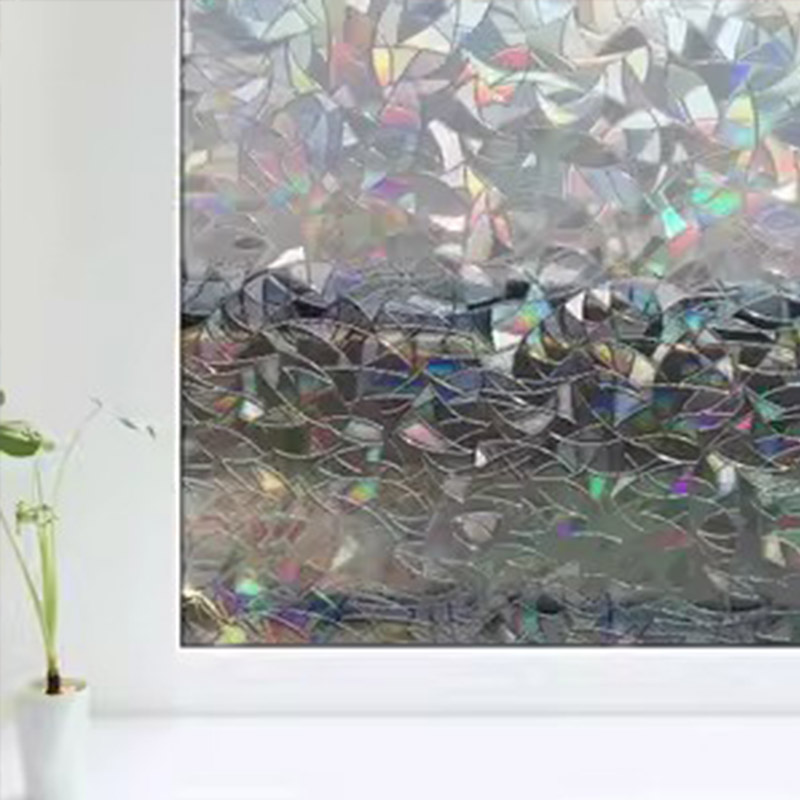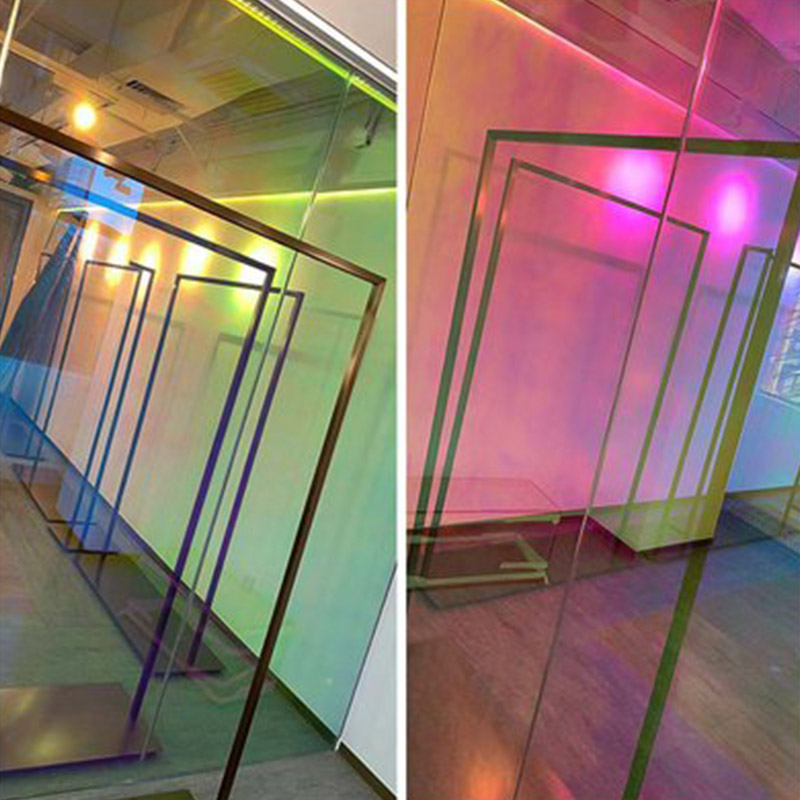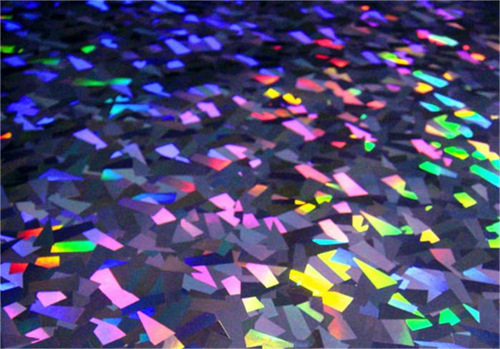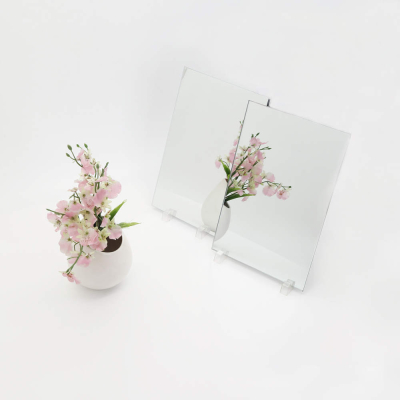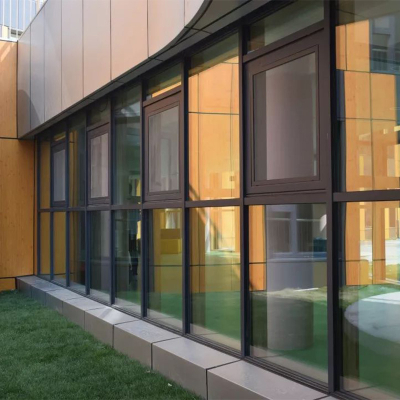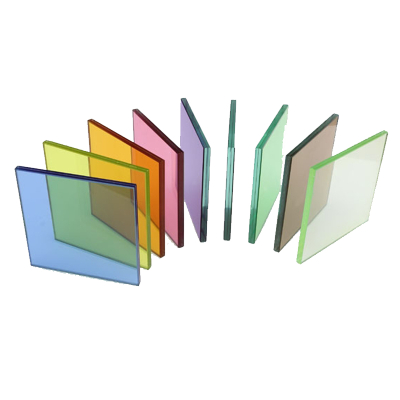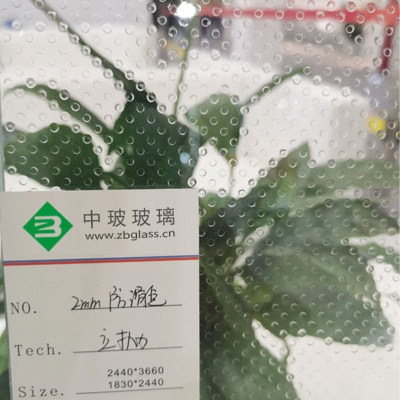Laser Glass
1. High optical quality: Laser glass exhibits excellent optical properties, including high transparency, low absorption, and low scattering. These characteristics allow for efficient transmission of laser light, ensuring minimal energy loss and optimal laser performance.
2. High damage threshold: Laser glass is designed to have a high resistance to laser-induced damage. It can withstand high-power laser beams without significant degradation in performance or risk of damage, making it suitable for demanding laser applications.
3. Wide spectral range: Laser glass can be engineered to operate across a wide range of wavelengths, from ultraviolet (UV) to infrared (IR). This versatility allows for its use in various laser systems that require different wavelengths for specific applications.
Product Description
Laser glass, also known as laser gain medium, is a specially designed glass material used in the construction of lasers. It has unique optical properties that allow it to amplify light and generate laser beams. Laser glass is typically doped with rare-earth elements, such as neodymium or erbium, which absorb and emit light at specific wavelengths. This enables the glass to produce a highly coherent and intense beam of laser light. Laser glass is used in a wide range of applications, including scientific research, industrial manufacturing, telecommunications, and medical procedures. Its versatility and efficiency make it an essential component in laser technology.
Product Advantages
1. High optical quality: Laser glass exhibits excellent optical properties, including high transparency, low absorption, and low scattering. These characteristics allow for efficient transmission of laser light, ensuring minimal energy loss and optimal laser performance.
2. High damage threshold: Laser glass is designed to have a high resistance to laser-induced damage. It can withstand high-power laser beams without significant degradation in performance or risk of damage, making it suitable for demanding laser applications.
3. Wide spectral range: Laser glass can be engineered to operate across a wide range of wavelengths, from ultraviolet (UV) to infrared (IR). This versatility allows for its use in various laser systems that require different wavelengths for specific applications.
4. Thermal stability: Laser glass exhibits excellent thermal stability, meaning it can withstand high temperatures without significant changes in its optical properties. This stability is crucial for laser systems that generate heat during operation, ensuring reliable and consistent performance.
5. Low thermal expansion: Laser glass has a low coefficient of thermal expansion, which means it expands and contracts minimally when exposed to temperature changes. This property helps to maintain the structural integrity of the glass and prevents deformation or stress-induced damage.
APPLICATION


